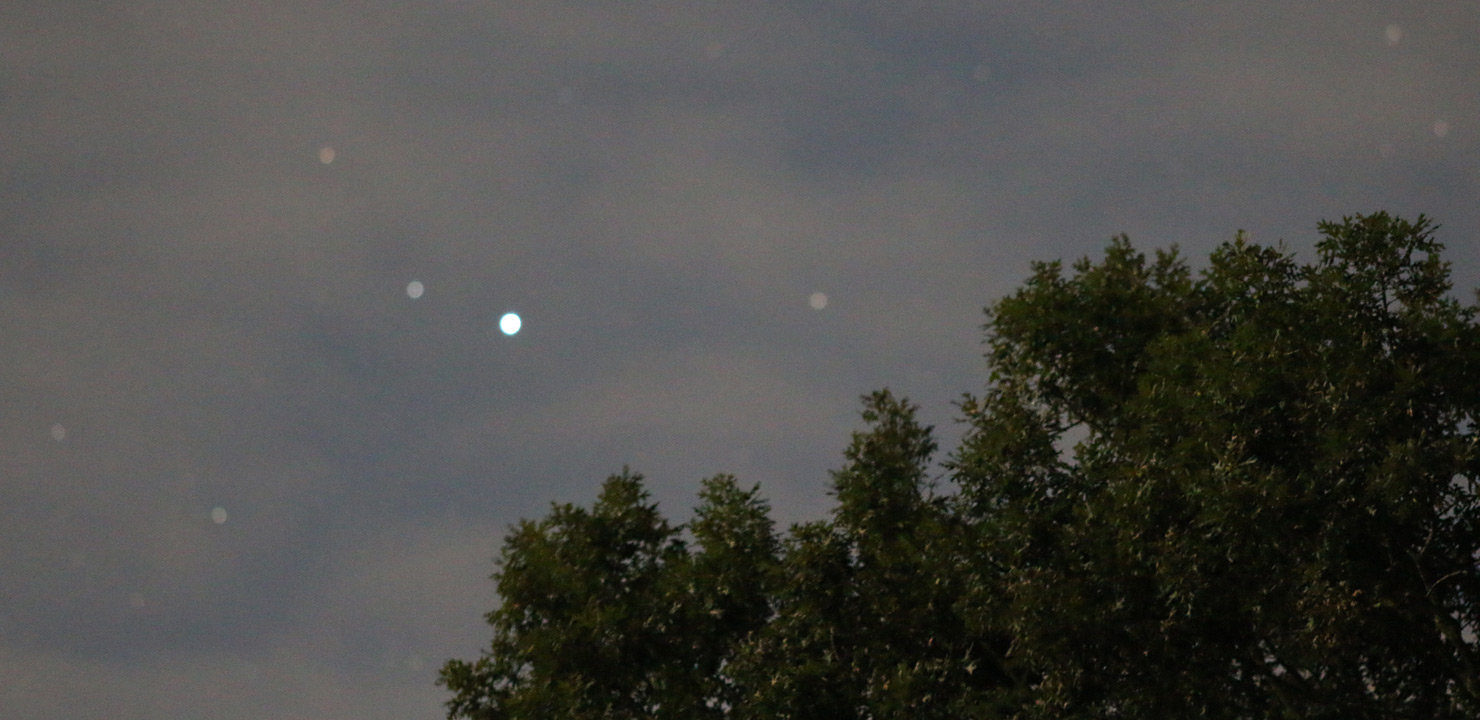
Fomalhaut
October 2014 :
Although families don’t often do this anymore, as the TSA frowns on the practice, when I was a kid I often went with my family to the local airport to watch the planes. Looking for them to come out of the sky, then watching others leave the ground and disappear somewhere overhead made for a good change from watching TV all night.
Also, sometimes we were able to watch planes that come in within our line of sight. Starting as a faint light just in front of us, which gradually increased in size, we loved to watch as these points would became three-dimensional, and land just hundreds of feet in front of us.
But, sometimes, one of these lights didn’t budge. At this time of year, especially, one light, rather low to the horizon, would just shine with the same brightness, never changing, never showing its red and green side lights, just there. It took a long time before I realized that light would never change, as I had found the star Fomalhaut.
The southernmost of the twenty brightest stars from our position here on Earth, Fomalhaut is also one of our closest neighbors, located only about 25 light years from here. Located within a rather unnoticeable constellation, Piscis Austrinus, the Southern Fish, Fomalhaut shines with an apparent magnitude of just over 1. However, its position in the sky, directly below large but nondescript Aquarius, the Water Bearer, seems to allow it to appear brighter than it is, kind of like Polaris, our North Star, which, because it also is in a region of faint stars, fools the eye, looking like a brighter beacon in the north. In fact, the two stars are loosely related, as, if you continue the line from the Big Dipper to the North Star and follow it downward, it would point very closely to Fomalhaut.
Fomalhaut has been called one of the four “Royal Stars” of astrology, along with Regulus, Aldebaran, and Antares, as it believed that each season needed a stellar guardian, and these stars were perfect Guardians of the Sky for the four seasons. They were also often referred to as the “Four Horsemen of the Apocalypse.” As the southernmost of this group, it is the one seen the least, as it is only above the horizon for about eight hours at this latitude.
However, despite its short time in our sights, apparently it is home to its own planetary system. Fomalhaut is, in fact, the third brightest star in our sky to have planets, after Pollux and our own Sun.
Martha Evans Martin, in her small but beautifully written The Friendly Stars, refers to Fomalhaut as the definite sign of autumn. By the time of its night appearance, the birds have “ceased to sing,” the insects have stopped their “shrill notes,” and winter is fast approaching. She also thinks of its being alone as a bright fall star, as, “[I]ts serenity [is] in no wise disturbed and its beauty in no wise eclipsed by the more spectacular entrance of the brilliant winter stars now gathering in the east.” A more beautiful note for a solitary star would be hard to find. Thank you, Martha.



